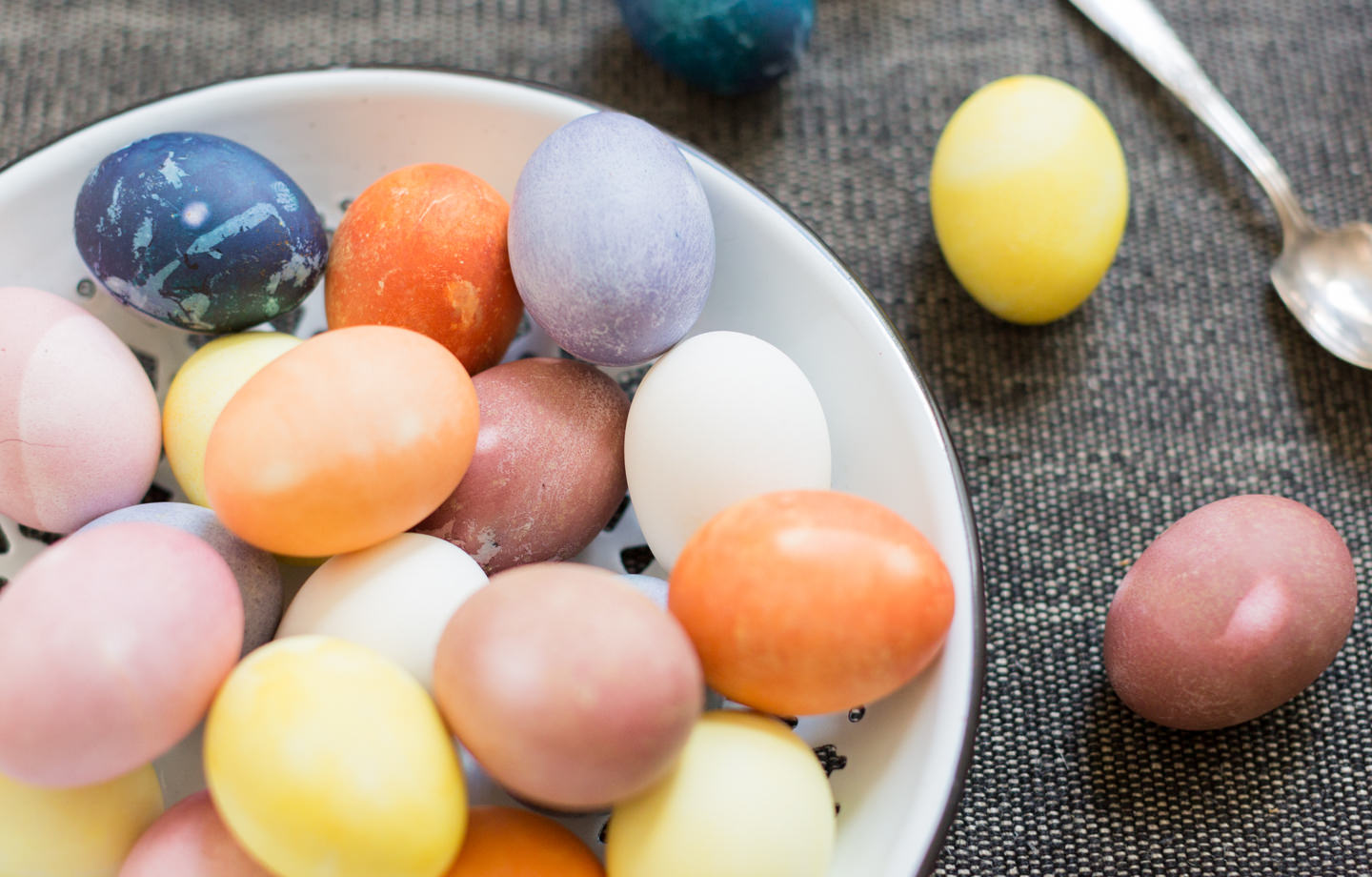This year, skip the chemical box dyes. Instead, create colorful Easter eggs using natural materials that are easy on the planet.
As exciting as it is to spend a weekend dedicated to Easter crafts, many of our favorites aren’t great for the environment. In fact, the supplies needed for popular Easter activities like egg hunts, parades, gift baskets, and egg dying end up as litter.
Plastic easter grass is harmful to wildlife who don’t know the difference between the synthetic version and the real stuff, stray plastic eggs from egg hunts get left behind in parks, on trails, and in backyards, and plastic packaging and cups that come with dying kits end up in landfills.
That’s why it’s important to choose Earth-friendly options like paper grass, compostable eco-eggs, and, of course, natural dyes.
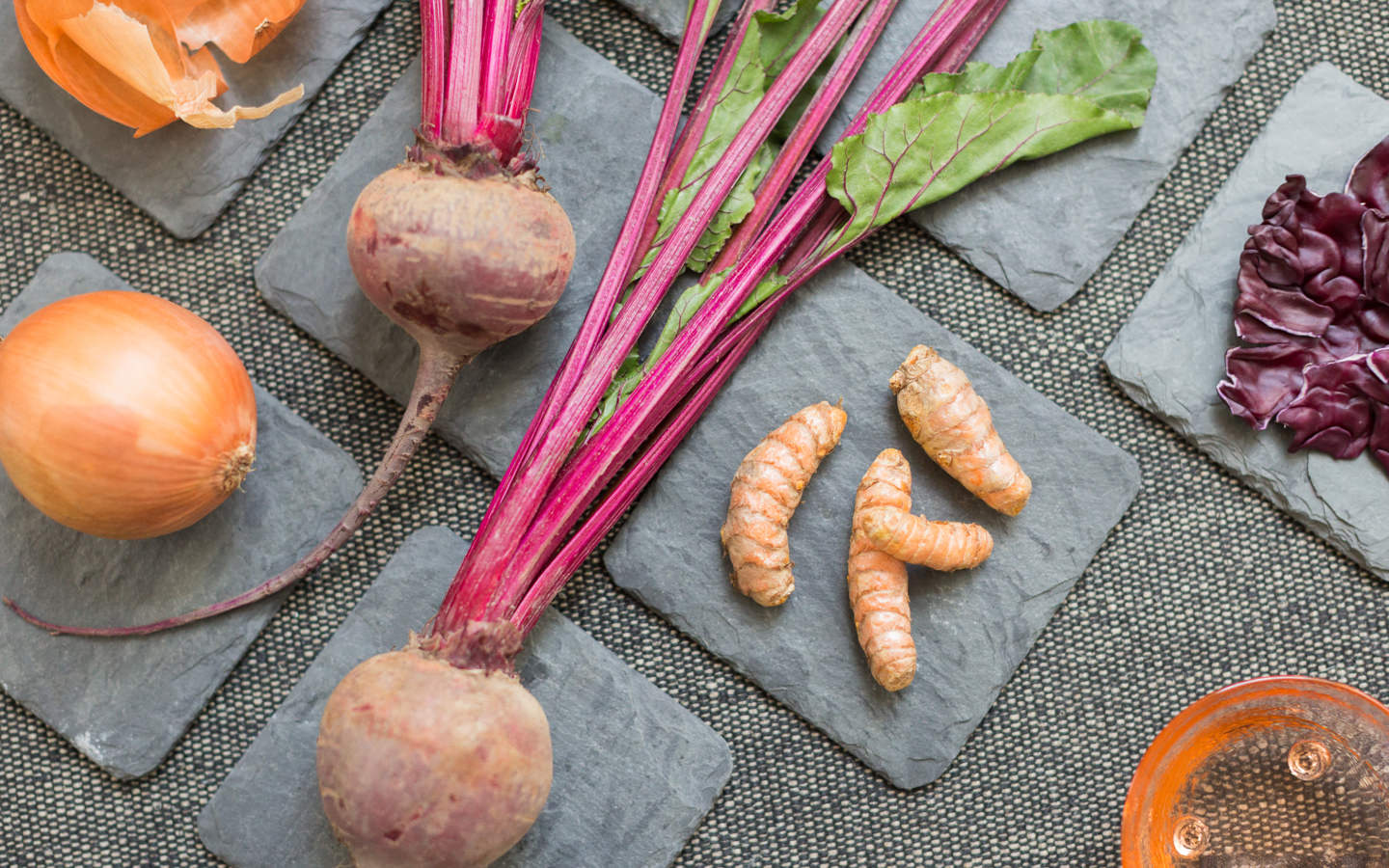
And when it comes to naturally dying Easter eggs, the materials you need may already be in your fridge or compost. Think onion skins, beets, turmeric, and white vinegar that result in gorgeous natural tones like gold, purple, and pink. Once you get the hang of the technique — experiment! See what happens when you use cinnamon, carrots, or blueberries. Or, try your hand at naturally dyeing fabric, like reusable cloth napkins or a springtime table runner.
The options are truly endless and a great way to use up scraps of veggies languishing in your compost bin. Ready to get started?
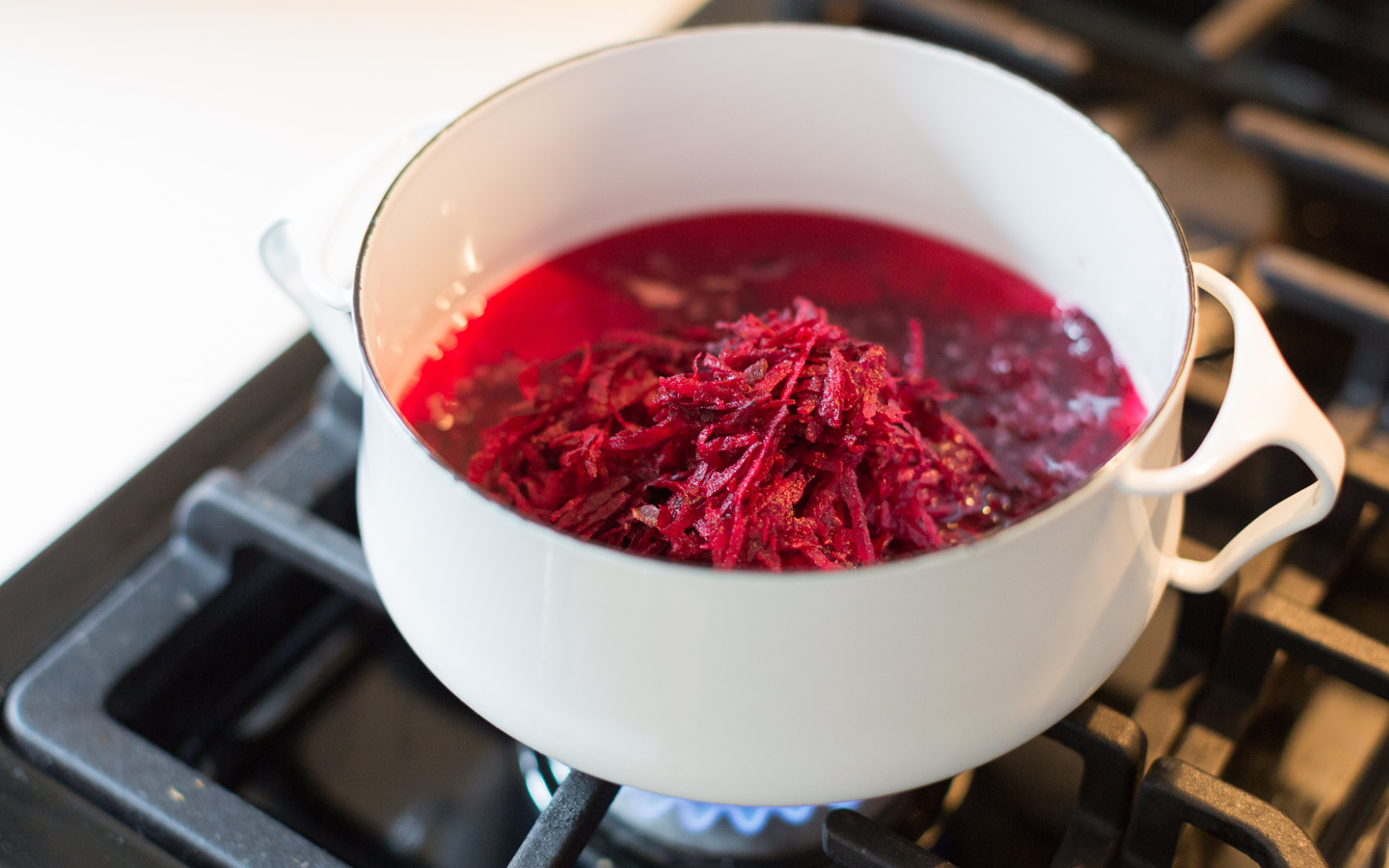
How to Naturally Dye Easter Eggs
Materials:
- 2 tbsp turmeric powder + 2 cups filtered water
- 2 cups onion peels + 2 cups filtered water
- 2 cups purple cabbage + 2 cups filtered water
- 2 cups beets, peeled and grated + 2 cups filtered water
- Organic white vinegar
- Strainer
- Enough pots for each natural dye material
- Bowls for each dye
- Hard-boiled white eggs
Instructions
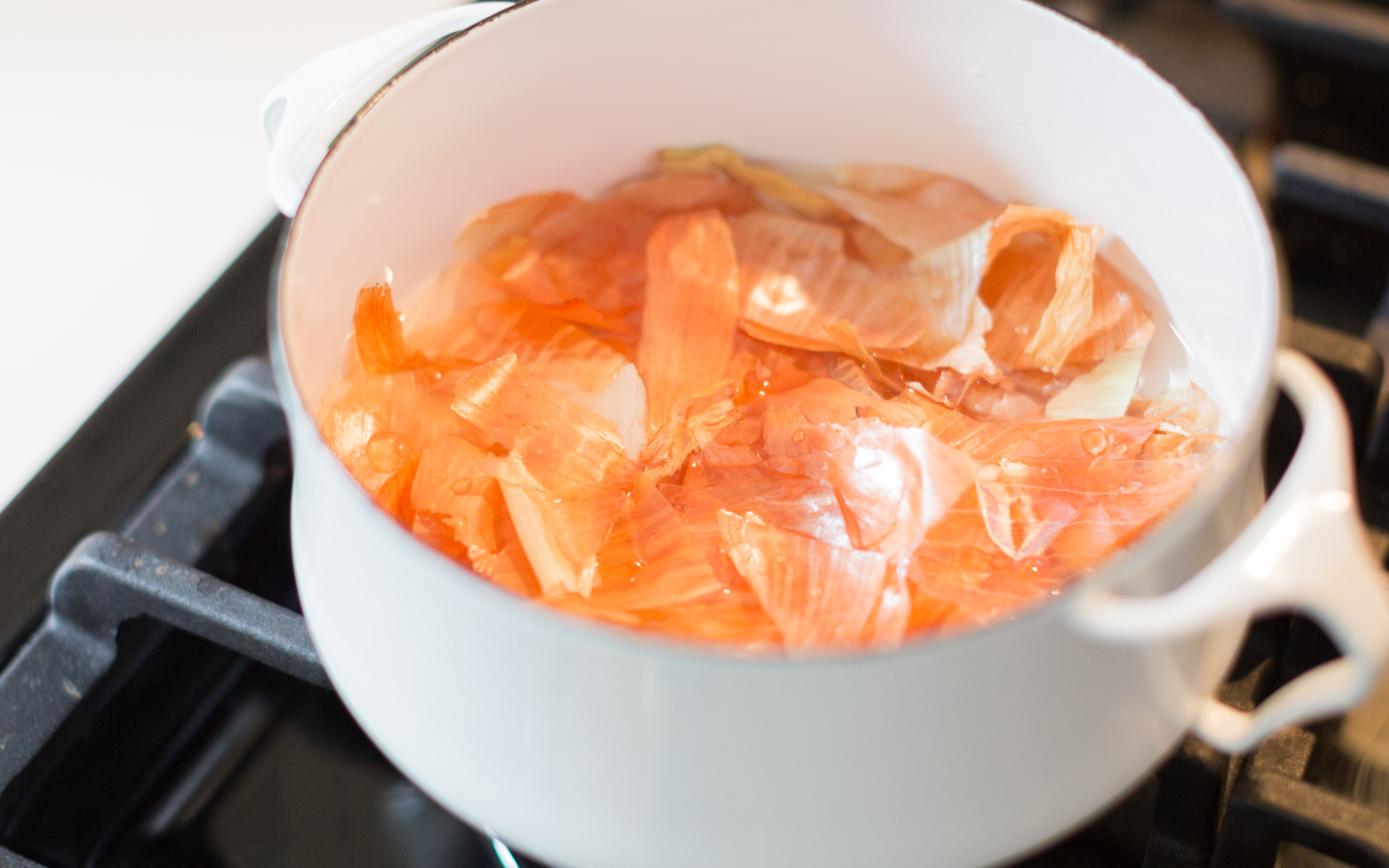
Step 1: Boil
Place each dye material and water in a separate pot and bring to a boil. Boil for up to an hour — the longer the material boils, the deeper the color will be.
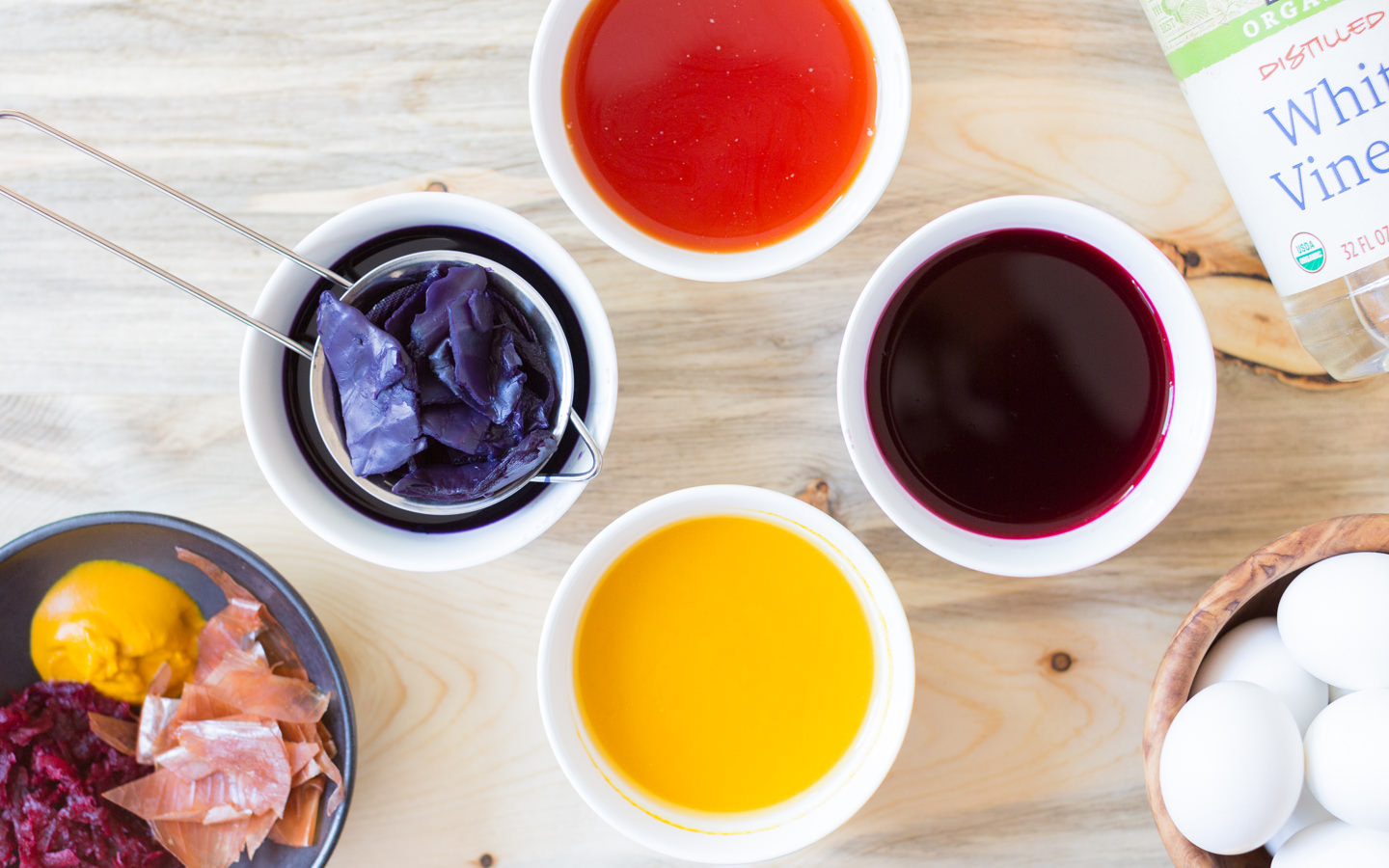
Step 2: Strain
Turn off the heat and allow liquid to cool. Once cooled, use the strainer to strain dye into different bowls and add 1 tbsp of vinegar to the dyes.
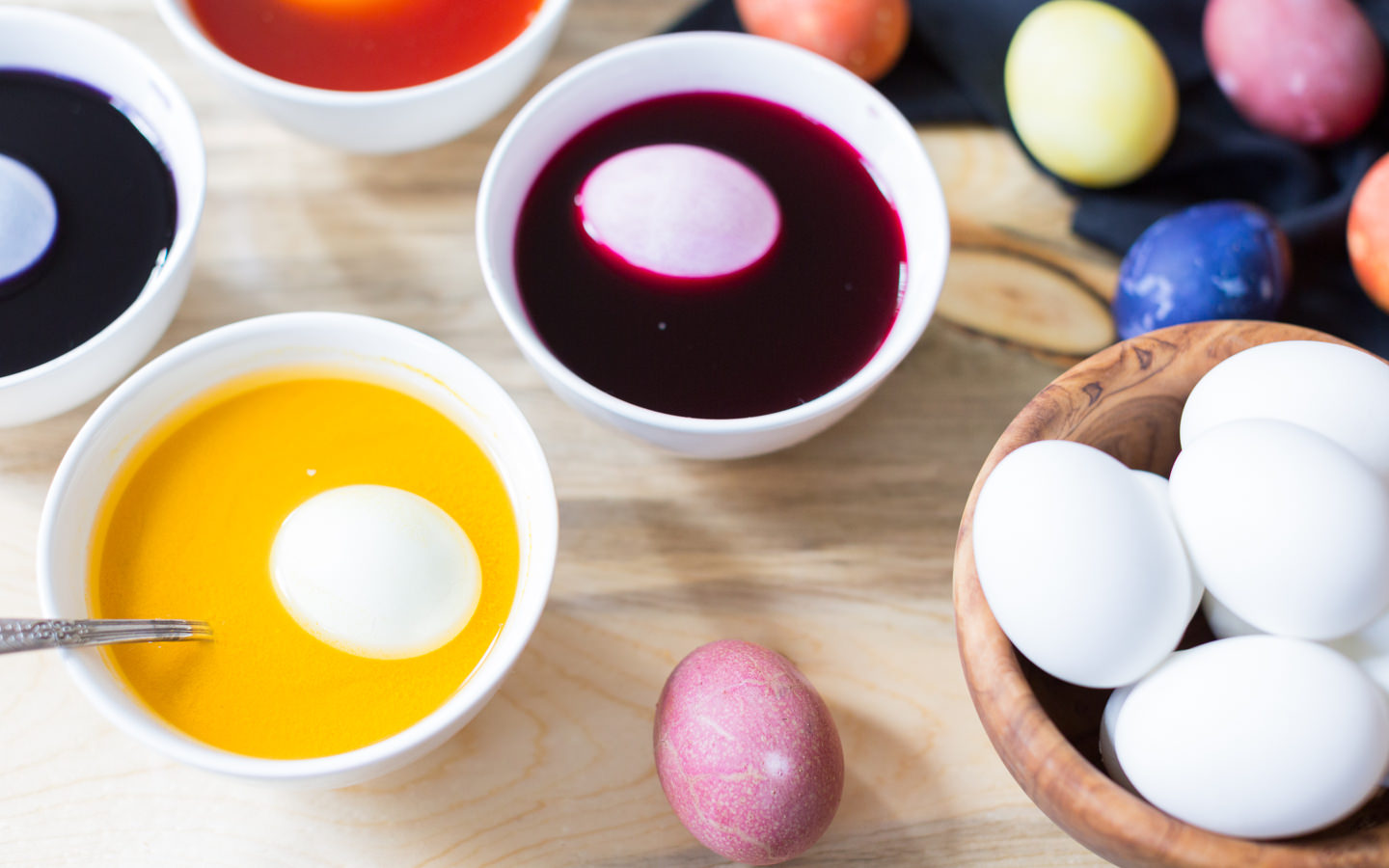
Step 3: Soak
Place hard-boiled eggs in the bowls with the dye and allow to soak until the eggs reach the color you’re looking for (you may want to put the bowls with the eggs in the fridge).

Step 4: Enjoy!
Once the eggs have reached the desired color, remove from dye and allow to dry. Done!
Do you have any Earth-friendly crafts for spring? Share yours with us on Instagram or Facebook with @AvocadoMattress or #AvocadoGreenMagazine

Shop Pillows
The Essential Organic Pillow Collection
Gentle, breathable, non-toxic support.




